Pullback Trading Strategy Using Moving Averages + Fibonacci
2025-07-24 09:45:34
Goal of This Lesson

To help traders catch trend pullbacks with higher accuracy by combining Fibonacci retracement levels and moving averages (20 EMA & 50 SMA) for entry zones, stop placements, and trade confirmation.
Why This Pullback Strategy Works
Pullbacks offer low-risk, high-reward entries — if you catch them in the right spot.
That’s where the Fibonacci + Moving Average combo comes in:
| Tool | Purpose | Strength |
|---|---|---|
| Fibonacci Retracement | Measures potential pullback zones | Psychology-backed price levels |
| 20 EMA / 50 SMA | Dynamic support/resistance in trends | Confirms market bias & momentum |
When both tools overlap, they create high-probability confluence zones.
Strategy Overview: Pullback Entry Using Fib + MA
Step 1: Confirm the Trend
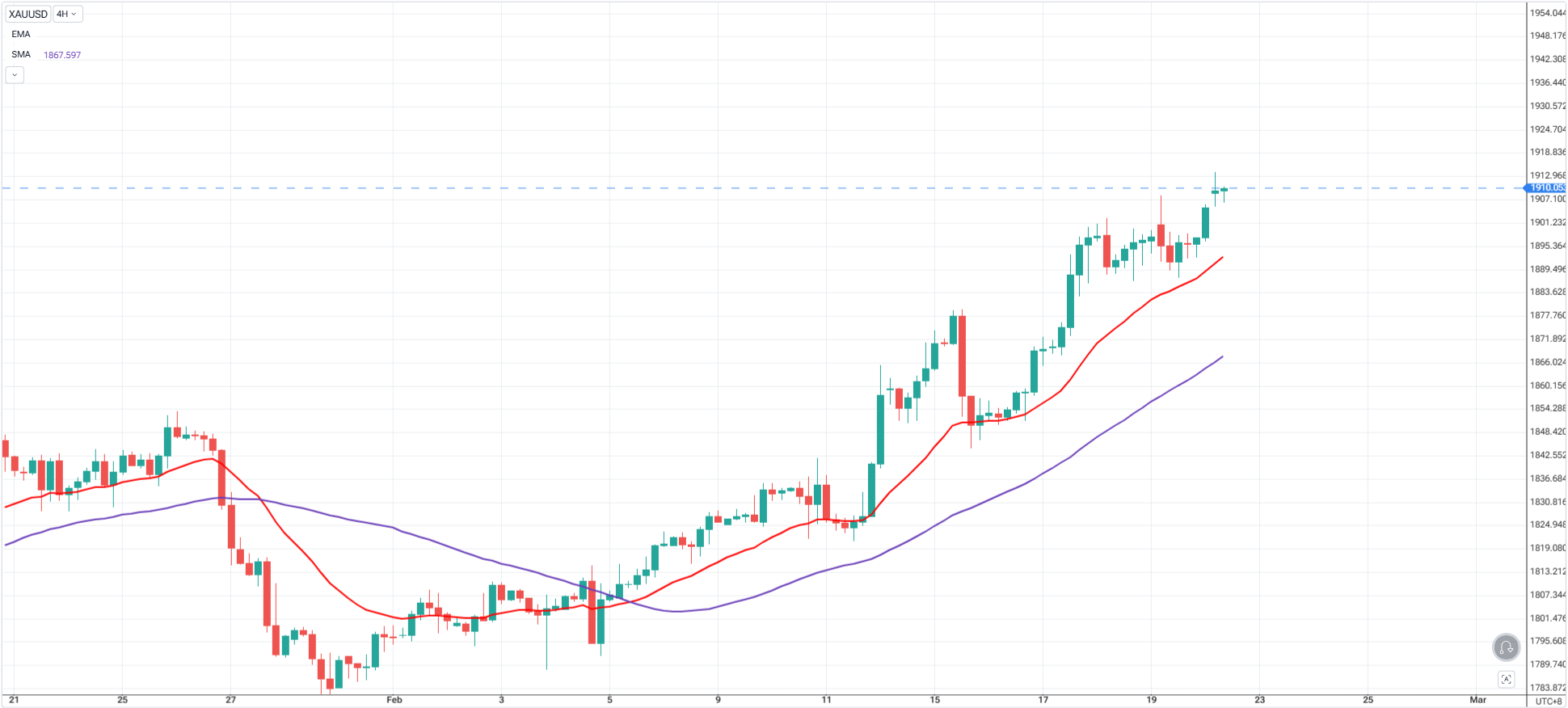
Use MAs to confirm the market is trending:
- 50 SMA → overall trend
- 20 EMA → short-term momentum
- Price above both = bullish
- Price below both = bearish
Flat or tangled MAs = skip. Only trade trending conditions.
Step 2: Identify a Swing & Draw the Fibonacci
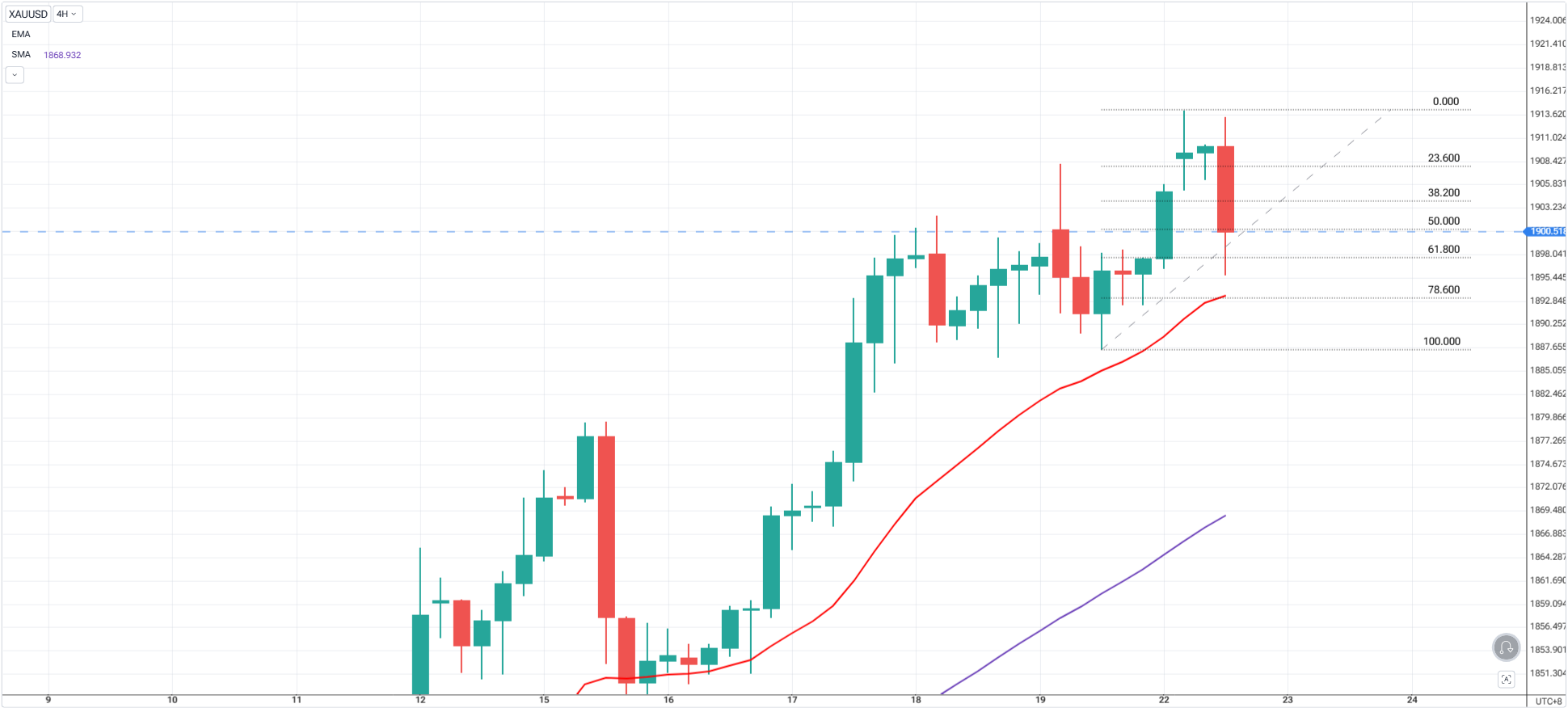
- In a bullish trend: Swing Low → Swing High
- In a bearish trend: Swing High → Swing Low
- Focus on:
- 38.2% to 50% = shallow pullback (strong trend)
- 61.8% to 78.6% = deep pullback (trend reset)
To learn more about Fibonacci, check this out:
Mastering Fibonacci Trading Psychology – Trusting the Levels, Managing the Mind
Step 3: Look for Confluence Zones
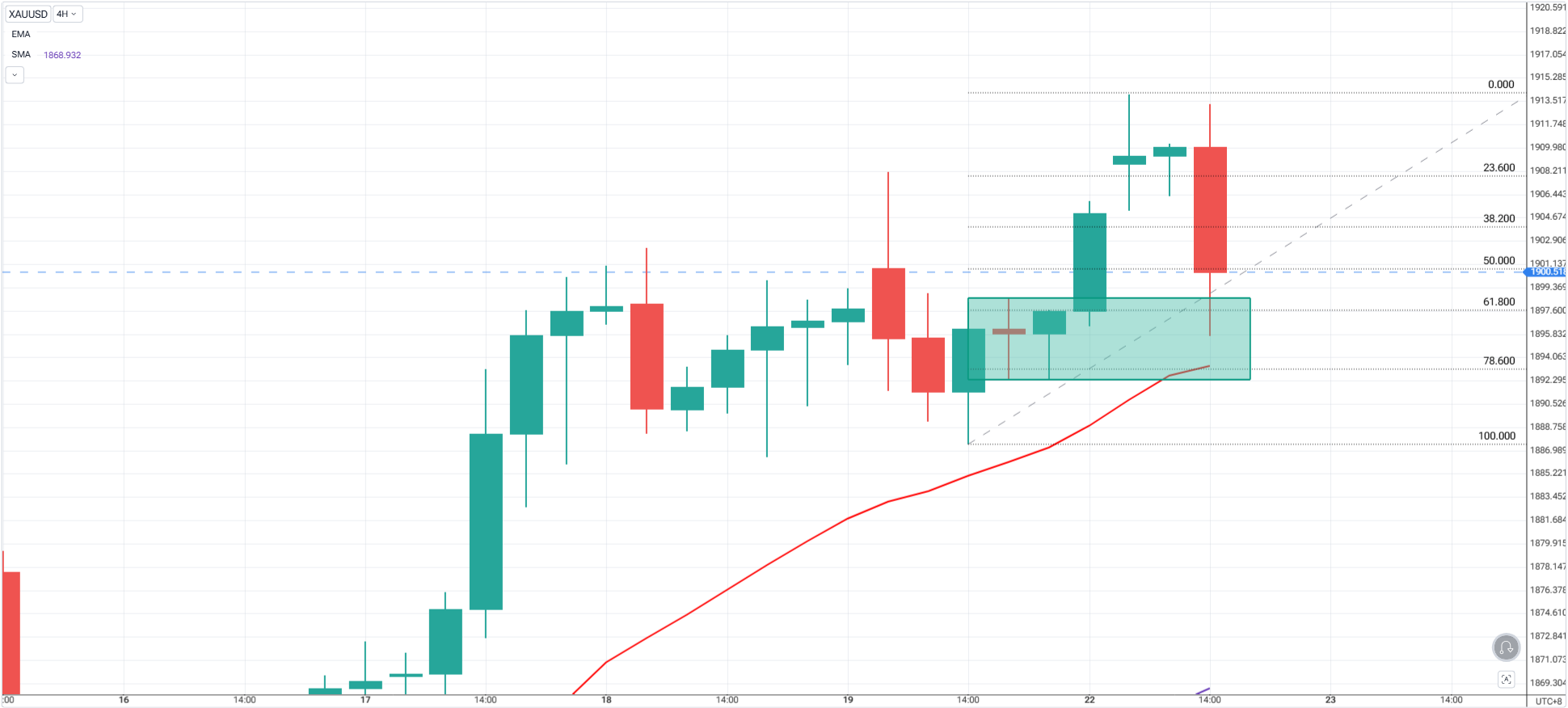
Check if any key Fib level aligns with the 20 EMA or 50 SMA:
| Fib Level | MA Confluence | Interpretation |
|---|---|---|
| 38.2%–50% | 20 EMA | Quick pullback → aggressive entry |
| 61.8%–78.6% | 50 SMA | Deeper pullback → conservative swing entry |
Bonus: If the Fib + MA confluence aligns with:
- Order block
- Fair Value Gap
- Support/Resistance
It’s now a high-probability pullback zone.
Step 4: Wait for Price Action Trigger at the Lower Timeframe
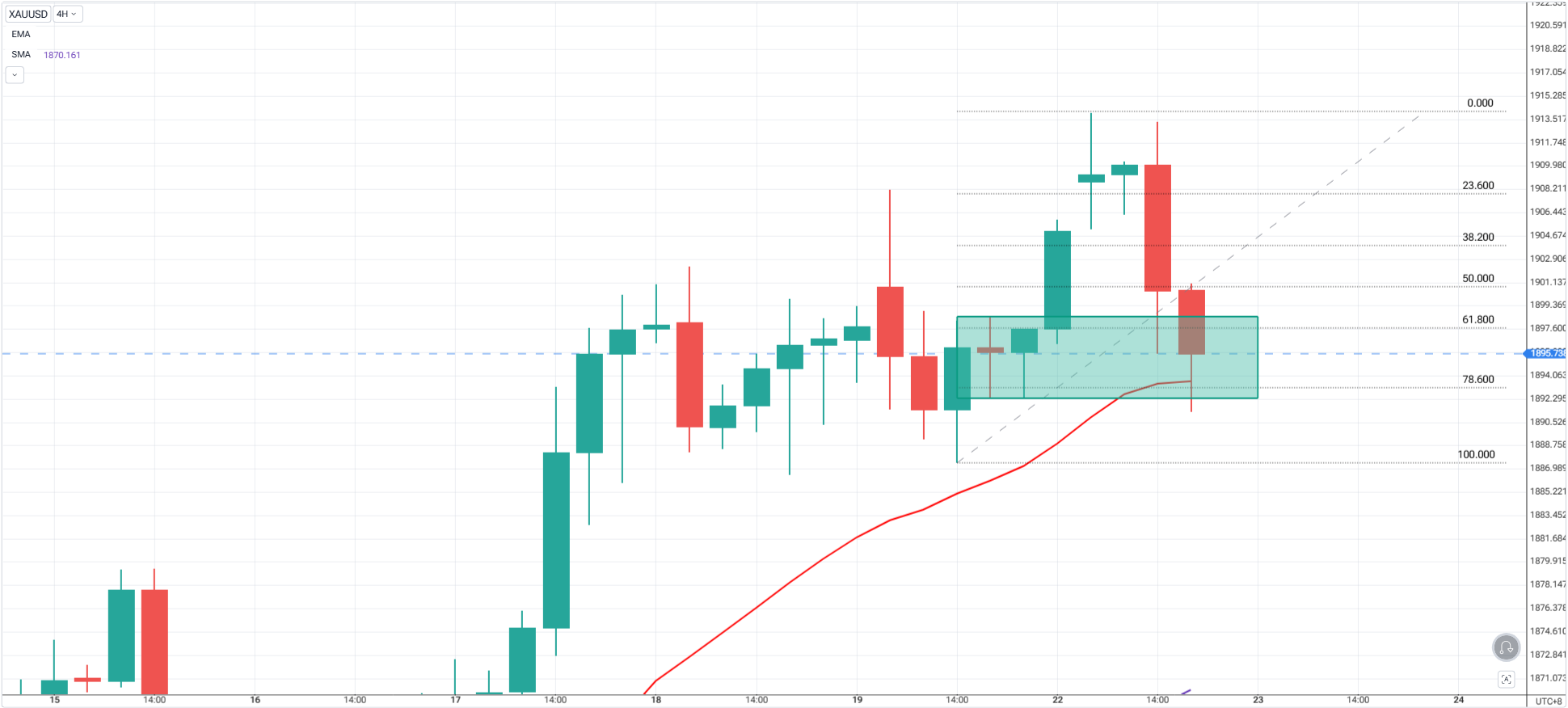
Don’t enter blindly. Wait for price to confirm direction at the zone.
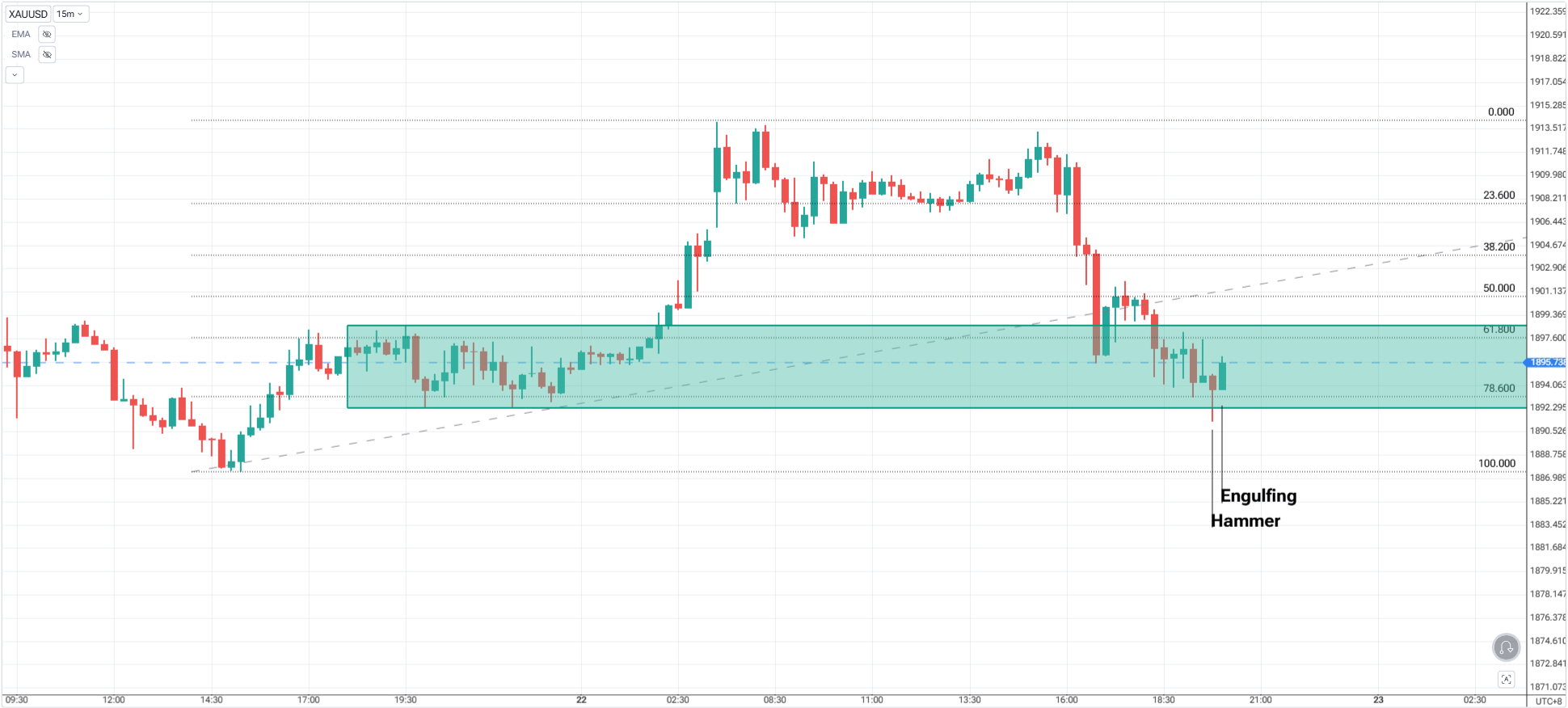
You could use multi-timeframe analysis for accuracy.
Examples of entry triggers:
- Bullish/bearish engulfing candle
- Wick rejection with strong close
- Liquidity sweep + reaction from MA or Fib
Only enter when structure confirms — price action is your real-time indicator.
Pro-Tip: Wait for a LTF Breakout.
Stop Loss & Trade Management
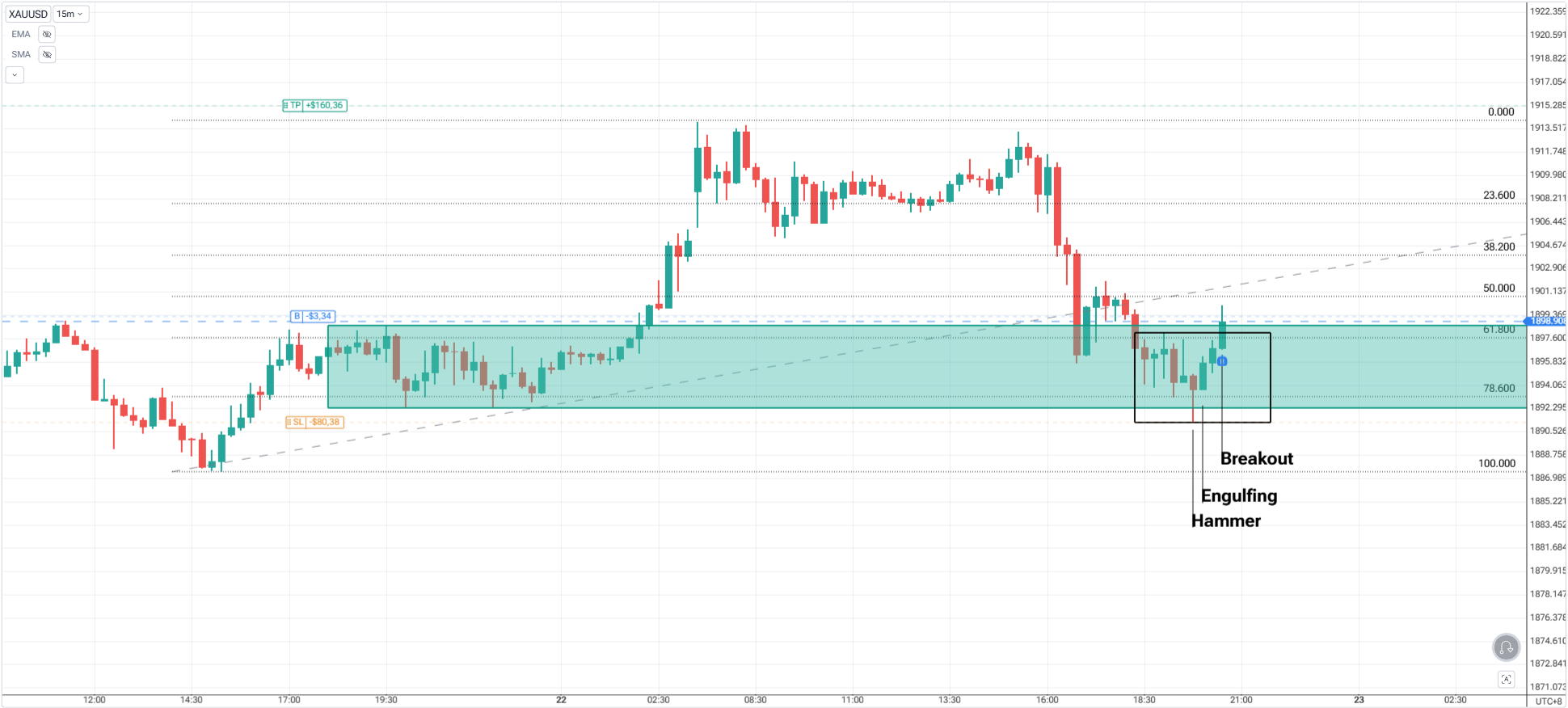
| Entry Style | Stop Placement |
|---|---|
| Shallow pullback (20 EMA) | Below entry wick or recent swing low/high or range |
| Deep pullback (50 SMA) | Below swing structure or Fib 78.6% |
| Aggressive entry | Tight below trigger candle or OB |
Suggested Take Profits:
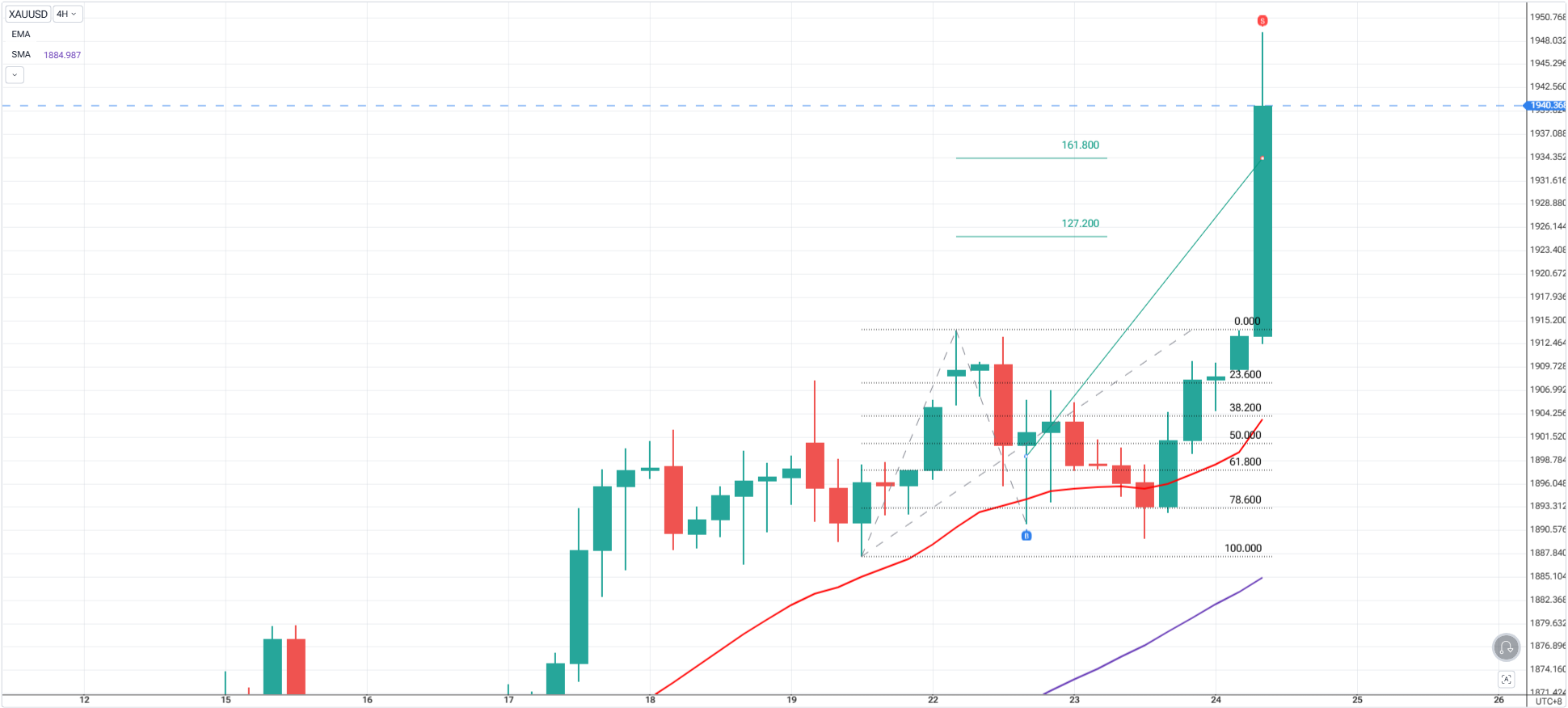
- TP1 = Previous high/low
- TP2 = Fibonacci Extension 1.272 or 1.618 from the leg
When NOT to Use This Strategy
- Sideways or range-bound markets
- Before major news events
- When MAs are flat or overlapping
Only trade this in clean, directional trends.
Real-Life Analogy: Pullbacks Are Like a Bouncing Ball

Imagine dropping a ball.
- It bounces off the ground.
- The height of each bounce depends on the strength of the drop and the surface it hits.
In trading:
- Price = the ball
- Moving Averages = the floor — dynamic support or resistance zones
- Fibonacci = where you expect it might bounce (38.2%, 50%, 61.8%)
- Price Action = the moment the ball starts rising again (your entry cue)
So when price pulls back into a moving average and a Fib level — just like a ball hitting the ground — you're watching to see if it bounces.
If it does (with confirmation), that’s your chance to jump in and ride the next move.
Final Thought
The best pullbacks are not guesses — they’re planned reactions to known areas.
With this strategy:
- Fibonacci marks the zone
- Moving Averages confirm the trend
- Price Action gives the trigger
You’re no longer reacting. You’re anticipating — and that’s what turns a trader into a strategist.
Want to start using this strategy?
- Pick one trending pair
- Plot Fib + 20 EMA + 50 SMA
- Wait for price to pull back into a confluence zone
- Enter only on confirmation
Want to go further? Combine this setup with your trader profile to fit your rhythm: Discovering Your Trader Profile
Start Practicing with Confidence - Risk-Free!
Open a free demo account today and experience institutional-grade spreads, lightning-fast execution, and all the tools you need to grow as a trader.
- Trade forex, indices, gold, and more
- Access ACY, MT4, MT5, & Copy Trading Platforms
- Practice with zero risk
It’s time to go from theory to execution - risk-free.
Create an Account. Start Your Free Demo!
Check Out My Contents:
Strategies That You Can Use
How To Trade & Scalp Indices at the Open Using Smart Money Concepts (SMC)
How to Trade Breakouts Effectively in Day Trading with Smart Money Concepts
Complete Step-by-Step Guide to Day Trading Gold (XAU/USD) with Smart Money Concepts (SMC)
The Power of Multi-Timeframe Analysis in Smart Money Concepts (SMC)
Forex Trading Strategy for Beginners
Mastering Candlestick Pattern Analysis with the SMC Strategy for Day Trading
Mastering Risk Management: Stop Loss, Take Profit, and Position Sizing
How to Use Fibonacci to Set Targets & Stops (Complete Guide)
RSI Divergence Trading Strategy for Gold: How to Identify and Trade Trend Reversals
Stochastics Trading Secrets: How to Time Entries in Trending Markets using Stochastics
Gold Trading Stochastics Strategy: How to Trade Gold with 2R–3R Targets
RSI Hidden Divergence Explained: How to Spot Trend Continuations Like a Pro
How To Trade News
Why Smart Money Concepts Work in News-Driven Markets - CPI, NFP, and More
How to Trade NFP Using Smart Money Concepts (SMC)-A Proven Strategy for Forex Traders
How to Trade CPI Like Smart Money - A Step-by-Step Guide Using SMC
Learn How to Trade US Indices
How to Start Trading Indices and Get into the Stock Market with Low Capital (2025 Guide)
Best Indices to Trade for Day Traders | NASDAQ, S&P 500, DAX + Best Times to Trade Them
How To Trade & Scalp Indices at the Open Using Smart Money Concepts (SMC)
NAS100 - How to Trade the Nasdaq Like a Pro (Smart Money Edition)
How to Trade CPI Like Smart Money - A Step-by-Step Guide Using SMC
Why Smart Money Concepts Work in News-Driven Markets - CPI, NFP, and More
How to Start Trading Gold
How to Swing Trade Gold (XAU/USD) Using Smart Money Concepts: A Simple Guide for Traders
Complete Step-by-Step Guide to Day Trading Gold (XAU/USD) with Smart Money Concepts (SMC)
The Ultimate Guide to Backtesting and Trading Gold (XAU/USD) Using Smart Money Concepts (SMC)
Why Gold Remains the Ultimate Security in a Shifting World
How to Trade Japanese Candlesticks
How to Trade Candlestick Patterns with High Probability: A Complete Guide for Beginners
The Top Japanese Candlestick Guide: What is an Engulfing Pattern and How to Trade It?
Piercing Pattern Candlestick Explained: How to Trade It - Step-By-Step Guide
Morning & Evening Star Candlestick Patterns – How to Trade Market Reversals with Confidence
How to Start Day Trading
5 Steps to Start Day Trading: A Strategic Guide for Beginners
8 Steps How to Start Forex Day Trading in 2025: A Beginner’s Step-by-Step Guide
3 Steps to Build a Trading Routine for Consistency and Discipline - Day Trading Edition
The Ultimate Guide to Understanding Market Trends and Price Action
Trading with Momentum: The Best Trading Session to Trade Forex, Gold and Indices
Learn how to navigate yourself in times of turmoil
How to Identify Risk-On and Risk-Off Market Sentiment: A Complete Trader’s Guide
How to Trade Risk-On and Risk-Off Sentiment - With Technical Confirmation
The Ultimate Guide to Understanding Market Trends and Price Action
Want to learn how to trade like the Smart Money?
Why Smart Money Concepts Work: The Truth Behind Liquidity and Price Action
Mastering the Market with Smart Money Concepts: 5 Strategic Approaches
Mastering Candlestick Pattern Analysis with the SMC Strategy for Day Trading
Understanding Liquidity Sweep: How Smart Money Trades Liquidity Zones in Forex, Gold, US Indices
The SMC Playbook Series Part 4: How to Confirm Trend Reversal & Direction using SMC
The SMC Playbook Series Part 5: The Power of Multi-Timeframe Analysis in Smart Money Concepts (SMC)
Fair Value Gaps Explained: How Smart Money Leaves Footprints in the Market
The Best Time to Use Smart Money Concepts (SMC): Why Timing Is Everything in Trading SMC
How to Trade the London Session Using Smart Money Concepts (SMC)
Trading Psychology and Continuous Improvement Contents
The Mental Game of Execution - Debunking the Common Trading Psychology
5 Steps to Backtest a Trading Strategy with AI: A Step-by-Step Guide
Managing Trading Losses: Why You Can Be Wrong and Still Win Big in Trading
The Hidden Threat in Trading: How Performance Anxiety Sabotages Your Edge
Why You Fail in Trading: You Don’t Have Enough Capital to Survive
Why 90% of Retail Traders Fail Even with Profitable Trading Strategies
The Top 10 Best Trading Books That Changed My Mindset, Strategy & Performance
Discovering Your Trader Profile: What Kind of Trader Are You?
Follow me for more daily market insights!
Jasper Osita - LinkedIn - FXStreet - YouTube
This content may have been written by a third party. ACY makes no representation or warranty and assumes no liability as to the accuracy or completeness of the information provided, nor any loss arising from any investment based on a recommendation, forecast or other information supplies by any third-party. This content is information only, and does not constitute financial, investment or other advice on which you can rely.
Try These Next
4 Powerful Tactics to Overcome the Most Costly Forex Mistakes
How to Master MT4 & MT5 - Tips and Tricks for Traders
The Importance of Fundamental Analysis in Forex Trading
Forex Leverage Explained: Mastering Forex Leverage in Trading & Controlling Margin
The Importance of Liquidity in Forex: A Beginner's Guide
Close All Metatrader Script: Maximise Your Trading Efficiency and Reduce Stress
Best Currency Pairs To Trade in 2025
Forex Trading Hours: Finding the Best Times to Trade FX
MetaTrader Expert Advisor - The Benefits of Algorithmic Trading and Forex EAs
Top 5 Candlestick Trading Formations Every Trader Must Know















